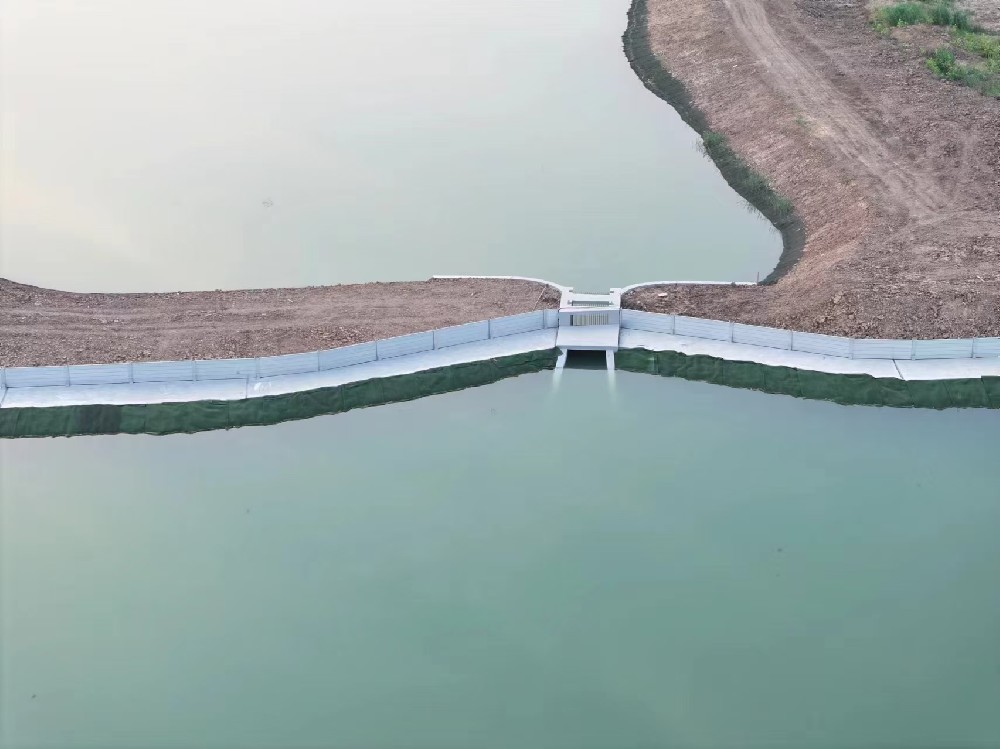 2025-03-17
2025-03-17
As an important component of flood control engineering, flood control board technology has undergone an evolution from traditional materials to modern intelligence. Its design concept and application scenarios have also been continuously upgraded with technological progress and disaster response needs. The following is its evolution process and typical applications in different periods:
一、 Early stage (before the 19th century): Natural materials and simple structures
Materials and Technology
Wood and soil and stone: The earliest flood control boards were made by stacking wooden boards, bamboo weaving, or soil bags, with a simple structure that relied on manual stacking.
Fixed design: Flood control boards are mostly permanent structures, such as ancient Chinese rammed earth embankments or early European wooden water retaining walls.
2.Application scenarios
Used for reinforcing low embankments along rivers, such as temporary flood control works in the Yellow River and Yangtze River basins.
Limitations: Perishable, weak impact resistance, requiring frequent maintenance.
二、 Industrialization stage (late 19th century to mid-20th century): metal and concrete innovation
Materials and Technology
Steel structure: After the Industrial Revolution, galvanized steel plates and aluminum alloy plates became popular, with high strength and modular production.
Detachable design: Metal flood control plates that can be quickly assembled have emerged, such as the flood control gate system in the Rhine River Basin of Germany.
Concrete flood wall: Combining reinforced concrete to form a permanent flood barrier, such as the flood control system in New Orleans, USA.
2. Application scenarios
Fixed protection for key areas of urban flood control, such as ports and industrial zones.
Limitations: Heavy weight, time-consuming installation, high requirements for foundation.
三、Modern stage (late 20th century to early 21st century): Lightweight and composite materials
1. Materials and Technology
Fiberglass reinforced plastic (FRP) and carbon fiber: lightweight, corrosion-resistant, easy to transport and deploy quickly.
Modular design: Standardized snap on connection technology, such as the "Super Embankment" matching flood control board in Tokyo, Japan.
Inflatable flood control board: quickly deployed using air or water pressure, suitable for emergency rescue.
2. Application scenarios
Entrance protection for urban underground spaces (subways, tunnels).
Emergency response to sudden floods, such as the temporary water barriers used in the 2011 Thailand floods.
四、Intelligent stage (2010 present): technology integration and adaptive systems
1. Technological breakthrough
Sensors and the Internet of Things (IoT): Real time monitoring of water level and pressure data, automatic warning and adjustment of flood control board height.
Automated mechanical structures: flood control plates driven by hydraulic or motor control, such as the intelligent gates in the Dutch "Delta Project".
AI prediction and decision support: Combining meteorological data with flood models to deploy flood control facilities in advance.
2. Application scenarios
Smart city flood control system (such as the Shanghai Suzhou River digital flood control project).
Precise protection in complex terrain areas, such as small intelligent water barriers in flood prone areas.
五、Future Trends: Sustainability and Eco friendliness
1. development direction
Degradable materials: using bio based composite materials to reduce environmental burden.
Ecological flood control board: Combining vegetation or permeable structures, such as the green flood control wall in Singapore's "ABC Water Plan".
Energy self supply: Integrated solar power supply system to achieve off grid operation.
2. Potential challenges
Durability tests under extreme weather conditions (such as super typhoons and rising sea levels).
The balance between cost and maintenance is particularly difficult to promote in developing countries.
Summary: Technological Evolution and Demand Driven
The evolution of flood control board technology reflects the transition from "passive defense" to "active adaptation":
Early stage: relying on natural materials and having a single function;
Industrial era: pursuing intensity and efficiency;
Modern: emphasizes lightness and quick response;
Future: Integrating intelligence, environmental protection, and ecological synergy.
Innovations in different periods are driven by practical disaster lessons (such as the 1953 North Sea flood in the Netherlands and the Kanto flood in Japan), while also being driven by materials science and digital technology. In the future, flood control boards will not only be physical barriers, but also important nodes in the integrated system of "perception decision execution" in smart cities.
